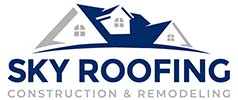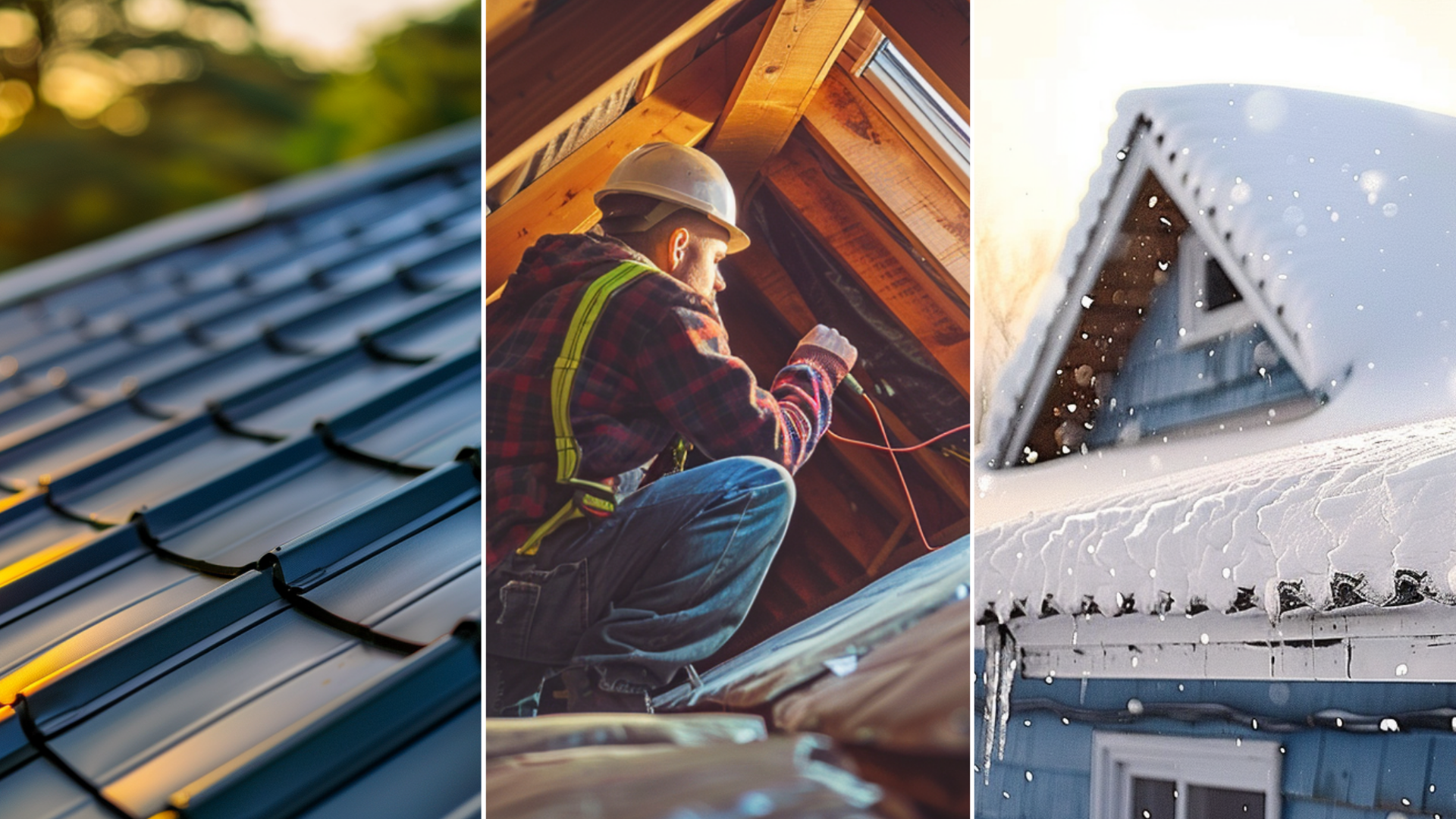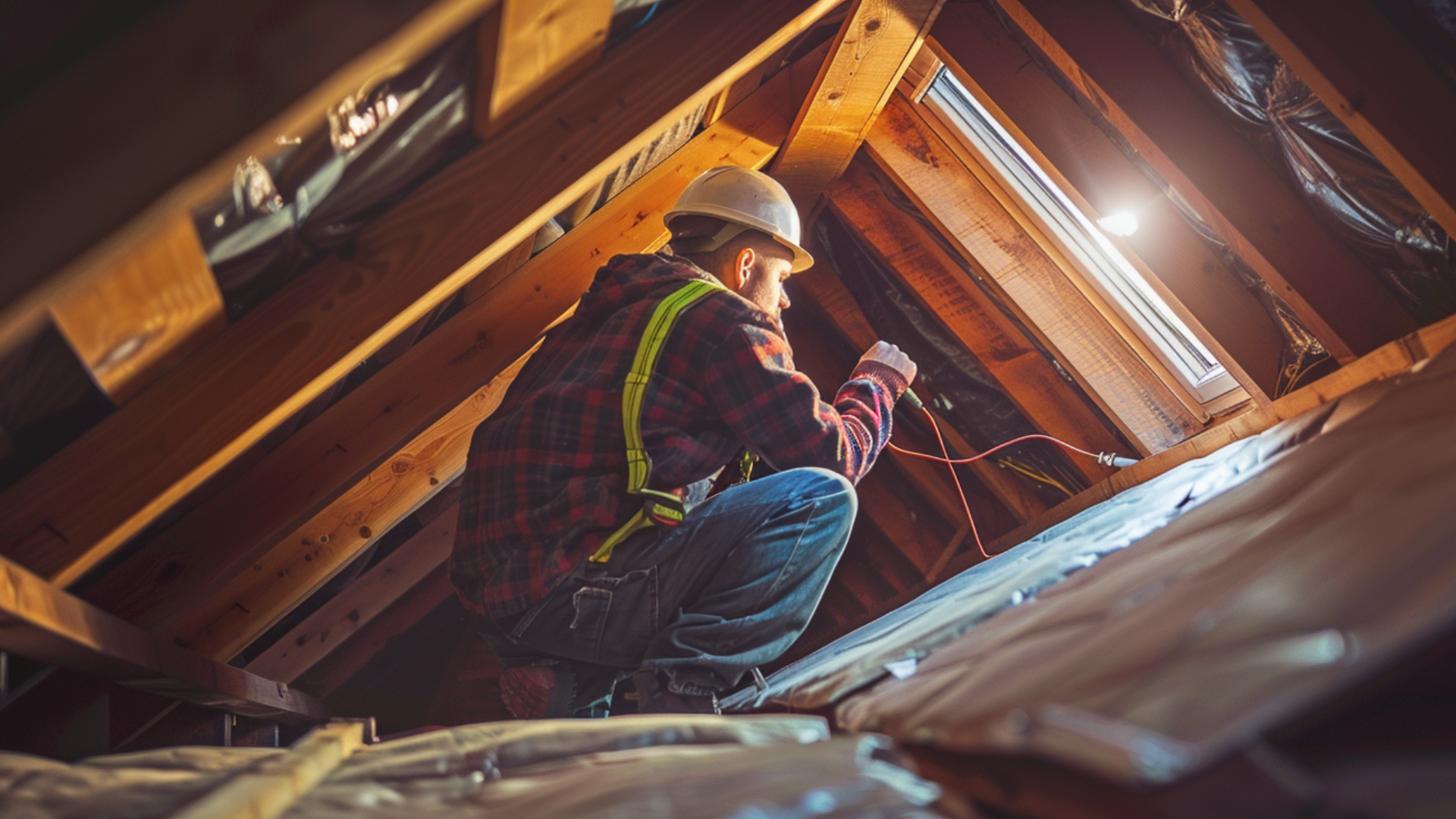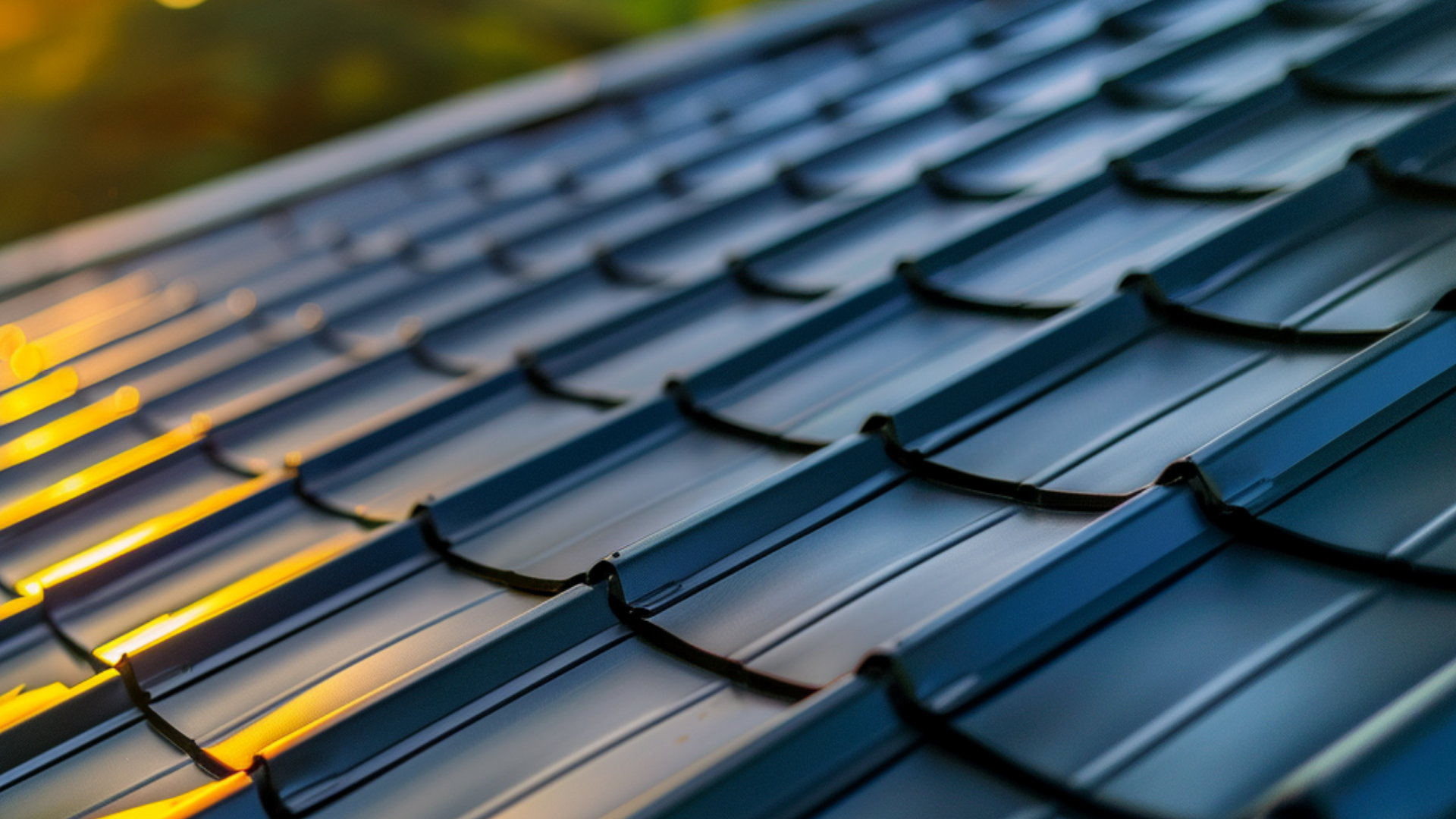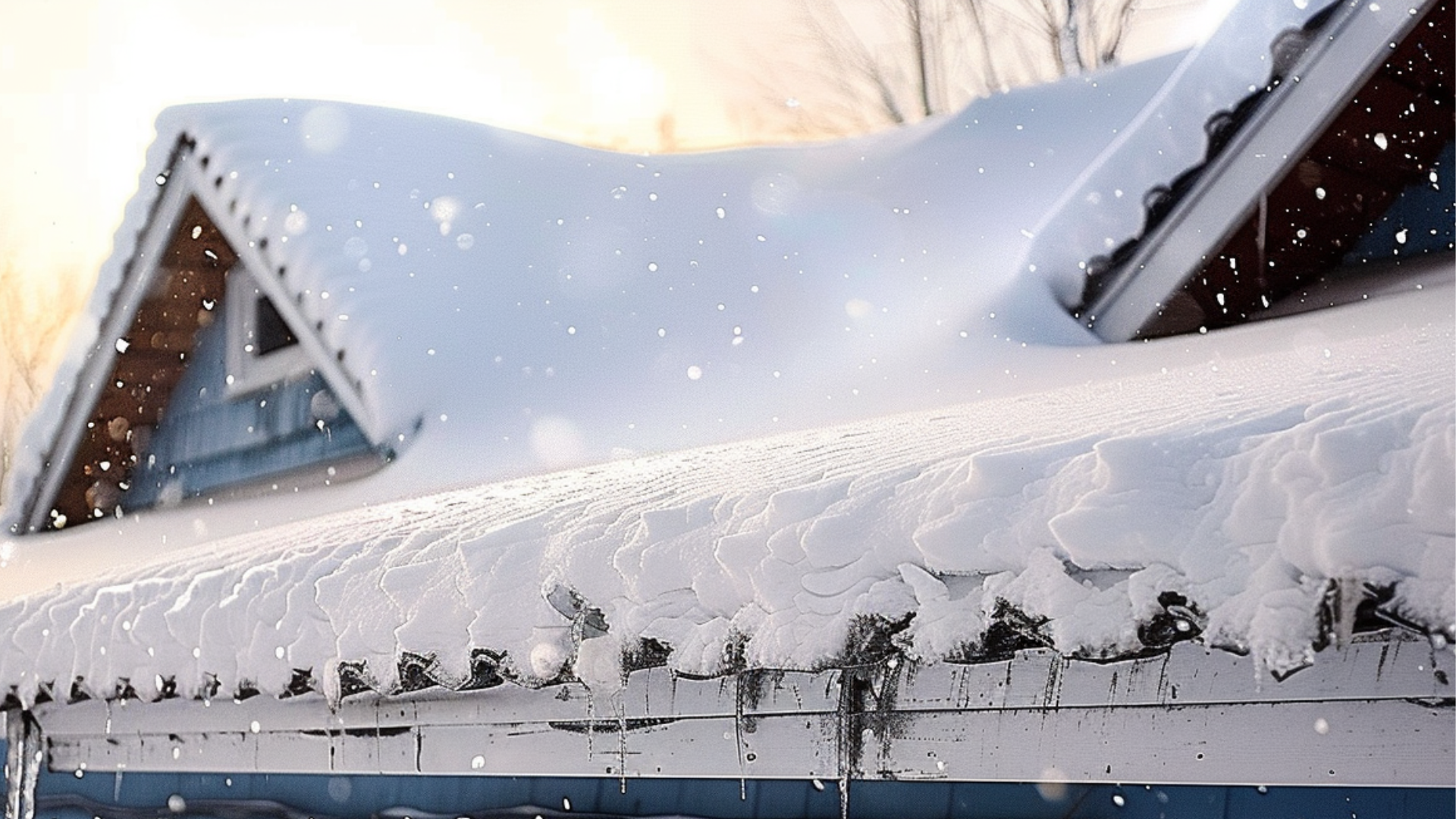Roofing Regulations

Roofing Regulations
Contractors also benefit from roofing regulations, as they provide guidelines for proper installation techniques and materials, promoting professionalism and reducing the risk of liability issues. Additionally, knowledge of roofing regulations allows contractors to stay up-to-date with industry best practices and new developments in the field. In summary, familiarizing oneself with roofing regulations is advantageous for homeowners and contractors, ensuring safe and reliable installation.
Building Codes
The International Energy Conservation Code (IECC) aims to reduce energy consumption in buildings, including roofing projects. It mandates guidelines such as insulation levels, relaxed roof requirements, and energy-efficient designs to minimize heat loss or gain.
The International Existing Building Code (IEBC) regulates roof replacements and repairs for existing buildings. It ensures that new roofing systems meet current safety and performance standards.
These building codes are periodically updated to incorporate new technologies, materials, and best practices. Additionally, state and local jurisdictions may modify these codes to suit regional requirements or climate conditions.
Roofing products and materials must undergo testing and certification to ensure compliance with these codes. Independent testing laboratories verify compliance with relevant test standards, such as ASTM and ANSI. These tests assess fire resistance, wind uplift resistance, and durability.
Understanding and adhering to these building codes and standards are essential for roofing contractors, architects, and homeowners to ensure reliable and safe roofing projects. Following these regulations has benefits such as improved energy efficiency, enhanced structural integrity, and reduced risk of potential hazards. Roofing industry professionals must prioritize safety practices, hazard recognition, and the use of protective equipment to mitigate property damage and costly physical harm.
Additionally, compliance with occupational safety and health regulations, including those set by the Occupational Safety and Health Administration (OSHA), is crucial in maintaining safe work environments. Roofing contractors should develop comprehensive safety plans that address roof obstructions, attic vents, and other relevant aspects of roofing safety to minimize risks and ensure project success.
Fire Ratings
There are different classes of fire ratings, including Class A, B, and C. Class A is the highest rating, indicating the highest level of fire resistance. Class B provides a moderate level of fire resistance, while Class C offers a lower level of fire resistance. Additionally, non-classified options are available.
Testing methods such as ASTM E108 or UL 790 are employed to determine the effectiveness of these comprehensive roofing fire ratings. These rigorous tests evaluate the roofing assembly’s ability to resist fire spread, measure flame penetration, and assess the potential for radiant heat transfer. The results of these tests help determine the fire rating for a particular roofing system.
Minimum roof fire-resistance ratings are based on the construction type of the building. For instance, some building types, such as residential structures, may not require a specific fire rating. However, commercial or multi-story buildings typically have particular requirements regarding the fire-resistance rating of their roofing systems. Roofing professionals must comply with these roof covering requirements to safeguard building occupants and adjacent structures.
Proper ventilation, including attic and exhaust vents, is essential for maintaining a safe and functional roofing system. Inadequate ventilation can lead to potential risks such as moisture buildup, heat accumulation, and premature deterioration of roofing materials. Building code provisions often include requirements for proper ventilation to mitigate these issues and ensure the roof’s longevity.
In addition to fire resistance and ventilation, roofing codes address other roof construction and safety aspects. This includes guardrail systems to prevent falls, protection gear for workers, and specifications for roof surfaces, such as flat roofs or metal roof shingles.
Building owners, roofing contractors, and departments must collaborate to ensure that roofing projects adhere to model building codes and accepted safety practices. This includes developing an emergency action plan to address potential fall hazards and other onsite risks. Stakeholders can protect property and personnel from harm by prioritizing safety and compliance with roofing requirements.
Wind Resistance
Creating enhanced wind resistance in roof coverings and assemblies ensures structural integrity and safety. Various methods can be employed to achieve this. Firstly, proper installation and fastening of roof coverings is essential. This involves using appropriate materials and techniques to secure the roof covering to the roof deck, such as nails, screws, adhesives, or other approved fastening methods. Additionally, roof coverings designed to withstand high wind speeds, such as impact-resistant shingles or metal roofs, can significantly enhance wind resistance.
Complying with wind loading requirements outlined in building codes is crucial in designing and testing roof systems. Building codes establish minimum design wind speeds that the roof must be able to withstand. These requirements are based on extensive research and data on wind patterns and strengths in specific regions. Adhering to these requirements ensures the roof is built to withstand the anticipated wind forces, reducing the risk of damage or failure during severe weather events.
Wind exposure categories determine the appropriate design wind speed for a specific location. These categories consider factors such as the height of the building, its proximity to other buildings or obstructions, and the local terrain. The wind exposure category determines the corresponding wind load the roof must withstand. Proper equipment and resistant roofing materials are essential for meeting these wind resistance requirements.
In addition to wind resistance, proper attic ventilation is essential for maintaining the longevity and performance of the roof structure. Adequate attic ventilation helps regulate temperature and moisture levels, reducing the risk of condensation and potential damage to the roof construction. Unique ventilation systems, such as ridge vents, soffit vents, or roof openings, may be necessary depending on the design and conditions of the roof.
For complete roof replacement projects, whether on steep-slope or flat roofs, it’s crucial to consider not only wind resistance but also insulation requirements, energy standards, and cold climate considerations. Insulation in roofs helps improve energy efficiency and maintain comfortable temperatures within attic spaces, especially in cold climates. Seam roofs and other specialized roofing systems may provide additional protection and durability in harsh weather conditions.
By prioritizing proper equipment, resilient roofing materials, and adherence to building codes and standards, roofing professionals can ensure the success and longevity of roof replacement projects while safeguarding the integrity of adjacent roofs and building occupants. Developing and implementing an emergency action plan further enhances safety measures, providing protocols for addressing potential hazards during roof construction or maintenance activities.
Snow Load
Considering snow load is of utmost importance when it comes to roofing projects. Snow load refers to the weight of snow accumulation on a roof that puts pressure on the structure. Failure to address this factor can lead to immense damage and safety hazards.
Proper installation of snow retention systems is crucial in preventing snow from sliding off roofs. These systems, also known as snow guards or fences, hold the snow in place, allowing it to melt or be removed manually gradually. This prevents sudden avalanches of snow that can harm people or property.
Several key elements must be considered to determine the design of snow loads on buildings. These include the region’s climate, roof slope, exposure, and thermal characteristics. These factors vary from one location to another and are crucial in calculating the amount of snow a roof is likely to bear.
To calculate snow loads accurately, the reference ASCE 7 provides guidelines for engineers and construction professionals. This standard outlines the procedures and formulas for determining the design requirements for stringent snow load regulations on roofs and other structures.
Proper roof insulation and an ice barrier membrane are essential for roof construction in regions prone to snow-related damages, such as residential areas in cold climates. Residential roofing services often include assessments of hazardous weather conditions and implementing measures to mitigate risks, such as ensuring attic vents are clear and functioning correctly.
Steep roofs, especially those with steep slopes, require particular attention to prevent snow accumulation and ice dam formation. Slippery roofs pose risks to workers during construction and occupants during adverse weather conditions. Unique ventilation systems may be necessary to regulate roof temperature and prevent ice buildup in harsh weather.
Resistant roofing materials, including metal roof panels and shingles, offer durability and protection against snow, ice, and other weather-related challenges. Classifications for roof coverings consider their performance under various conditions, helping guide choices for roof design and construction practices.
By adhering to requirements for roof construction and employing best practices for roof design, roofing professionals can ensure the longevity and safety of residential roofs in hazardous weather conditions.
Navigating Roofing Regulations for Safety and Durability
Adhering to roofing regulations is essential for project safety and durability. Sky Roofing Construction & Remodeling prioritizes compliance with these regulations to deliver reliable installations that withstand various weather conditions. Contact Sky Roofing Construction & Remodeling today at (210) 942-9797 for proper roofing guidelines.
Learn more about the roofing regulations and services we provide:
https://skyroofingconstructiontx.com/san-antonio-tx/
Quality workmanship done right the first time
Contact Us
Address
415 Balcones Heights Rd.
San Antonio, TX 78201
Contact@SkyRoofingConstructiontx.com
Call Us
(210) 942-9797
